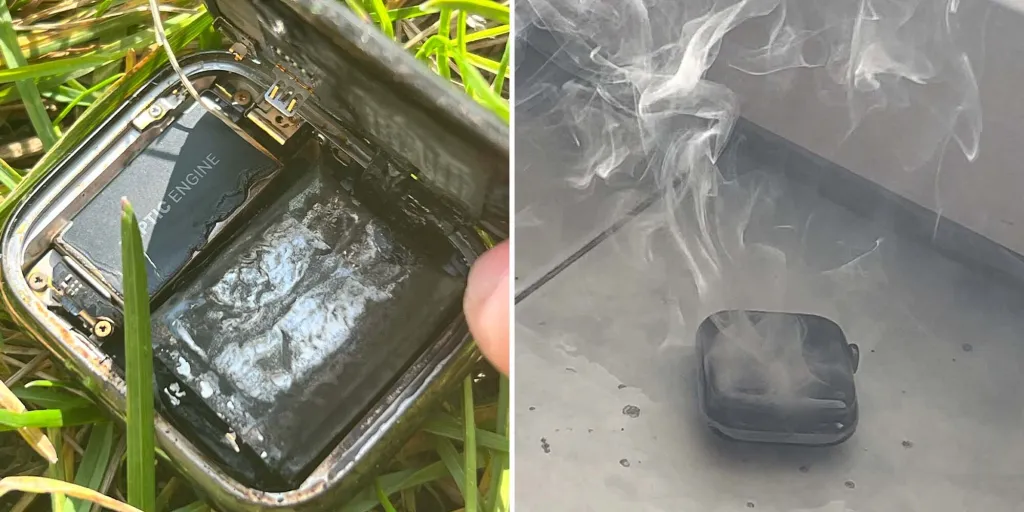While we have covered various reports of the Apple Watch saving lives of people that had a fall, got lost, or even trapped, a new report has revealed the popular smartwatch model is also responsible for sending a user to the ER.

The Cupertino based giant’s smartwatch arrives with a number of sensors that help detects irregular heartbeats, falls, and much more. However, one overheating Apple Watch sent its user to the hospital after it blew up. The owner of the wearable device reached out to 9To5Mac about this incident. The person stated that he was wearing his Apple Watch like any other day when he noticed that the wearable started getting hotter than usual. After this, he noticed that the back of the device had even cracked and watchOS even started displaying a warning about shutting down due to high temperature.
This incident didn’t occur out in the sun or under intense heat, with the user sitting in his home. The user then contacted Apple Support following this and explained the situation. Following this, the customer care executive escalated the issue to their manager who opened a case for investigation. However, there has since been no solution for advice offered by the brand since apart from telling them to not touch the device. Unfortunately, the incident didn’t end there as the device got even hotter to the touch the next morning, with the device’s glass also cracking because of the excess heat.
When the user decided to take pictures of his Apple Watch, it started making “crackling sounds” and exploded in his hands just as he was about to throw it away. The smartwatch has left burn marks on the user’s couch while also sending him to the emergency room because of lead poisoning concerns. But thankfully, the device does not house enough lead to be dangerous to a human being. Since this incident, Apple has made his case the top priority, and even arranged for a pick up for further testing. The company also sent him a document asking him to sign it to not share this story, but the user declined and reached out to the publication.
RELATED:
- Flipkart sends Apple iPhone 14 to customer that bought an iPhone 13: Report
- Apple’s A16 Bionic GPU shows an underwhelming improvement over its predecessor the A15
- Here’s Google Pixel Watch next to Apple Watch in new leaked live images







